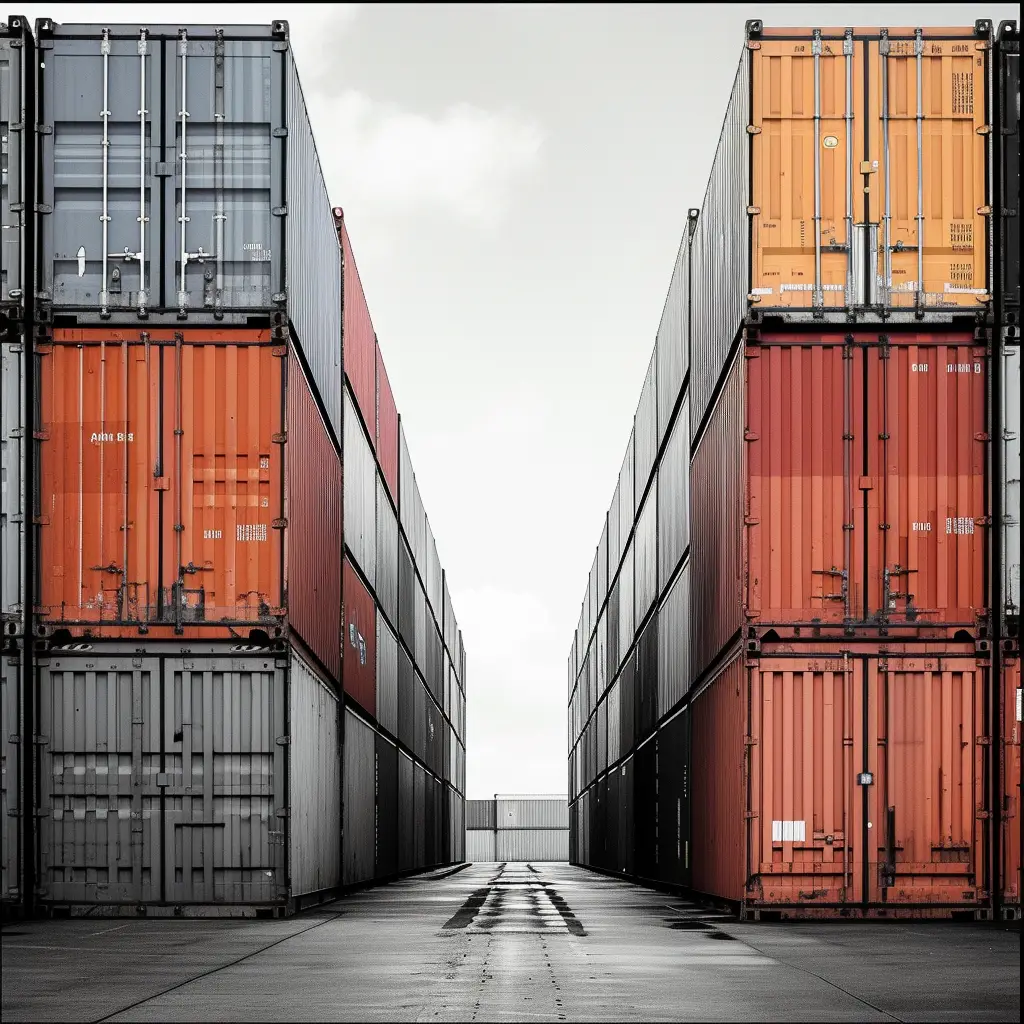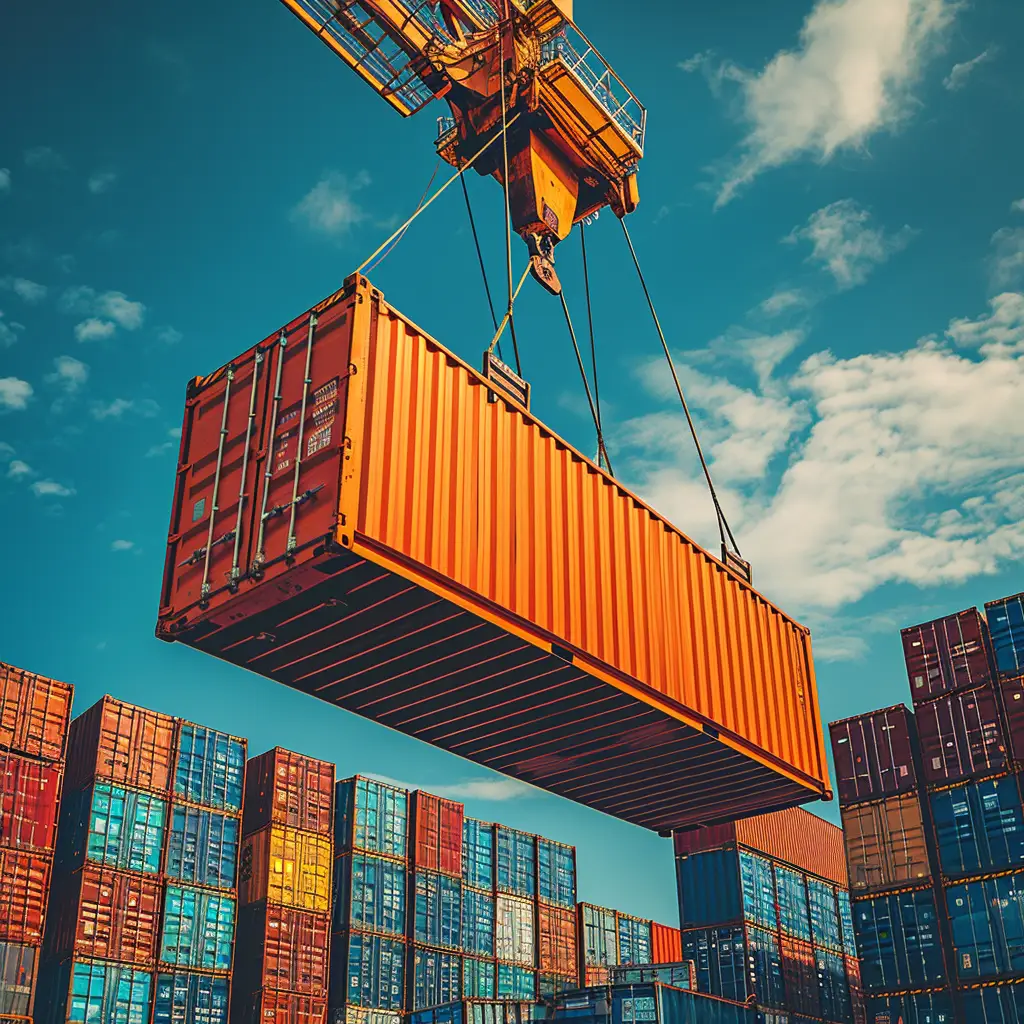Is the Future of Shipping Containers in the Logistics Industry as Secure as We Think?
The logistics industry is at a pivotal moment, with shipping containers playing a crucial role in global trade. As the demand for container shipping surges to record-breaking levels, driven by factors like port congestion, geopolitical tensions, and the e-commerce boom, the future of these containers is under scrutiny. Innovations in technology, sustainability concerns, and evolving global trade patterns are poised to reshape the industry, but challenges such as rising costs, environmental impact, and capacity management loom large.
Shipping containers have long been the backbone of global trade, facilitating the smooth movement of goods across oceans and continents. However, the industry is now facing unprecedented challenges and opportunities as it adapts to the rapidly changing global landscape. The surge in demand for container shipping, driven by post-pandemic economic recovery, supply chain disruptions, and the relentless growth of e-commerce, has highlighted the importance of these metal boxes in the logistics ecosystem. But with this increased reliance comes a host of challenges that could redefine the future of shipping containers in the logistics industry.
1. The Current State of Container Shipping: In 2024, the container shipping industry is experiencing record demand, with the volume of goods transported by sea reaching new heights. In May alone, a staggering 15.94 million TEUs (twenty-foot equivalent units) were delivered by sea, surpassing previous records. This surge is largely attributed to severe port congestion, particularly in key ports like Los Angeles, Shanghai, and Rotterdam, where vessels face weeks-long waits to dock and unload. The bottleneck in these critical supply chain nodes has exacerbated the global supply chain crisis, pushing shipping companies to their limits.
2. Technological Innovations and Automation: To cope with these challenges, the industry is increasingly turning to technological innovations. Automated container handling systems, for example, are being deployed to streamline operations and reduce the reliance on human labour, which has been in short supply. These systems not only improve efficiency but also reduce operational costs, making them an attractive option for shipping companies grappling with rising expenses.
3. Sustainability and Environmental Impact: The environmental impact of container shipping is another pressing issue. The rerouting of ships around the Cape of Good Hope, due to geopolitical tensions in the Red Sea and Suez Canal, has led to increased CO2 emissions. This, coupled with the industry’s reliance on fossil fuels, has drawn criticism from environmental groups and regulators alike. In response, some shipping companies are exploring alternative fuels, including nuclear energy, to power their vessels. However, these initiatives are still in their infancy, and the industry’s path to sustainability remains uncertain.
4. The Role of E-commerce and Changing Trade Patterns: The e-commerce boom, spurred by the pandemic, has fundamentally altered global trade patterns. Companies like Amazon and Alibaba are driving demand for faster, more reliable shipping services, further straining the already overburdened container shipping industry. As e-commerce continues to grow, the logistics industry must adapt to meet these new demands, possibly through the development of more flexible and agile shipping solutions.
5. Rising Costs and Capacity Management: The surge in demand has also led to a sharp increase in shipping costs. The average cost to ship a 40-foot container has more than tripled in recent years, driven by a combination of increased demand, port congestion, and supply chain disruptions. As a result, many companies are struggling to manage their logistics budgets, leading to a reevaluation of their shipping strategies. Capacity management has become a critical concern, with companies looking to balance the need for timely deliveries with the rising costs of transportation.
6. The Future Outlook: Looking ahead, the future of shipping containers in the logistics industry is likely to be shaped by a combination of technological advancements, environmental considerations, and evolving global trade dynamics. While the industry has proven resilient in the face of adversity, the challenges it faces are significant. Companies that can adapt to these changes, by embracing innovation and sustainability, will be better positioned to succeed in this new era of global trade.

The future of shipping containers in the logistics industry is complex and multifaceted. As the demand for container shipping continues to rise, driven by factors like port congestion and the e-commerce boom, the industry must adapt to new challenges and opportunities. Technological innovations and sustainability initiatives will play a crucial role in shaping the future of the industry, but rising costs and capacity management issues remain significant hurdles. The companies that can navigate these challenges while embracing change will be the ones that thrive in this evolving landscape.









